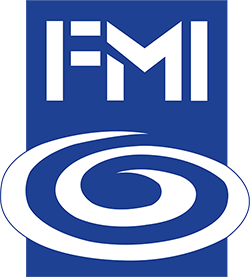Sunscreen
Ultraviolet (UV) Radiation
The use of sunscreen has increased as people become more educated about the effects of Ultraviolet (UV) Radiation from the sun. There are two types of UV radiation—UVA and UVB. UVB rays are attributed to causing sunburn. UVA rays penetrate the skin more deeply and are associated with wrinkling, leathering, and sagging of the skin. There was once a time when UVA rays were not considered dangerous but research now indicates that UVA intensifies the carcinogenic effect of UVB rays and also may cause skin cancer exclusively.
SPF
Sunscreens are rated by Sun Protection Factor or SPF which is a measure of the sunscreen’s ability to prevent UVB rays from damaging the skin. The SPF can be measured in terms of how much time you can spend in the sun before burning or the percentage of UVB rays it blocks from your skin. For example, an SPF 30 sunscreen will allow you to stay in the sun 30 times longer than without any protection or, in terms of percentages, it filters out 97% of UVB rays.
No sunscreen can block all UV rays. In addition, no sunscreen can continue to stay effective longer than two hours without reapplication. And SPF is only referring to the effect of UVB rays on the skin—you will have no indication of the UVA damage to which you are being exposed.
Broad-Spectrum Sunscreen
Sunscreen that protects against both UVA and UVB are considered broad-spectrum and are highly recommended. In order to achieve broad-spectrum capability, sunscreens combine several different chemical and physical sunscreen ingredients. Generally, three active ingredients are used to provide the best protection. For protection against UVB rays, PABA derivatives, salicylates, or cinnamates are used. Benzophenones are used for shorter wavelength UVA protection while titanium dioxide or zinc oxide are used for the remaining UVA wavelength spectrum.
